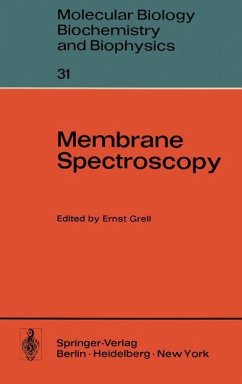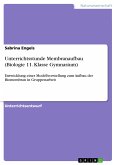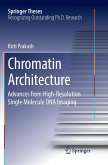The last 10 years have seen an enormous growth in our understanding of the molecular organisation of biological membranes. Experimental methods have been devised to meas ure the translational and rotational mobility of lipids and proteins, thereby furnishing a quantitative basis for the concept of membrane fluidity. Likewise, the asymmetry of bi layer membranes as evidenced by the asymmetric insertion of proteins and lipids has been put on firm experimental ground. At higher molecular resolution it has been possible to provide a detailed pi2ture of the molecular conformation and dynamics of lipids and, to some extent, even of small peptides embedded in a bilayer matrix. Many of these achieve ments would not have been possible without the application of modem spectroscopic methods. Since these techniques are scattered in a variety of specialized textbooks the present monograph attempts to describe the key spectroscopic methods employed in present-day membrane research at an intermediate level. There is no question that the elusive detailed structure of the biological membrane demands a multiplicity of experi mental approaches and that no single spectroscopic method can cover the full range of physical phenomena encountered in a membrane. Much confusion in the literature has arisen by undue generalizations without considering the frequency range or other limi tations of the methods employed. It is to be hoped that the present monograph with its comprehensive description of most modem spectroscopic techniques, will contribute to- .








